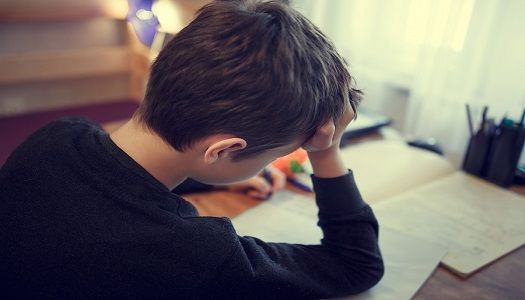Article
What Literature Says About Pediatric Low Back Pain
Author(s):
Low back pain is rare before school age, but quite common after that.

The next time a kid tries to skip school because his back hurts, it might be time to listen. Back pain is a common occurrence and gains prevalence with age, according to researchers from Nationwide Children’s Hospital. In a new analysis in the Journal of the American Medication Association Pediatrics (JAMA Pediatrics), the team reviewed current literature on preventing, diagnosing, and treating kids with the condition.
“Historically, pediatric training has emphasized that a specific factor or factors cause low back pain in children and adolescents, but recent studies have informed us that is not necessarily the case,” lead author, James P. MacDonald, MD, MPH, a sports medicine physician at Nationwide Children’s, said in a news release.
When the researchers looked at low back pain cases, they found that most were benign. Nevertheless, the pain can limit children’s participation in athletic activities as well as everyday activities—potentially causing them to miss school. Beyond adolescence, having low back pain at a young age is a risk factor for suffering from the condition as an adult.
Study findings showed that low back pain is rare before school age, but 1% of 7-year-old children experience it. The prevalence increases from there: 6% of 10-year-old children and 18% of 14 to 16 year-old children. The percentage rises until 18 years of age, and then levels out to be similar to adults. A concerning factor in all of this is that only 7% of kids with low back pain will seek medical attention.
“While some lower back pain needs to be treated by a specialist, most pediatricians who have a good understanding of the principles outlined in our article can help children and adolescents prevent and manage lower back pain,” said MacDonald, who is also an associate professor in the Department of Pediatrics and Family Medicine at The Ohio State University College of Medicine.
The analysis stressed the importance of identifying a patient’s history and physical exam in order to understand individual etiologic factors. Once those factors are identified, the proper imaging tests can be ordered, if necessary. Musculoskeletal overuse and trauma are the most common etiologic factors.
According to the report, female have a higher risk for low back pain. Both high and low levels of activity could boost the risk of low back pain. Other possibilities include growing pains, previous back injury, family history, and, maybe the most evident, athletic activities. Therefore, if a child plays a sport, rest time should be incorporated into the schedule and overtraining (more hours than years in their age) should be avoided.
MacDonald explained that most low back pain cases that don’t have a specific cause can be treated with rest and rehabilitation. A short course of drug intervention could help as well. However, the researchers said that physicians should recognize symptoms for more serious back pain cases in children.
The study, “Musculoskeletal Low Back Pain in School-aged Children” was published in JAMA Pediatrics. The news release was provided by Nationwide Children’s Hospital.
Related Coverage:
Yoga for Low Back Pain? It Depends
Sex Pain Improves After Back Pain Surgery
Telling Patients They’re Taking a Placebo Still Reduces Chronic Low Back Pain





